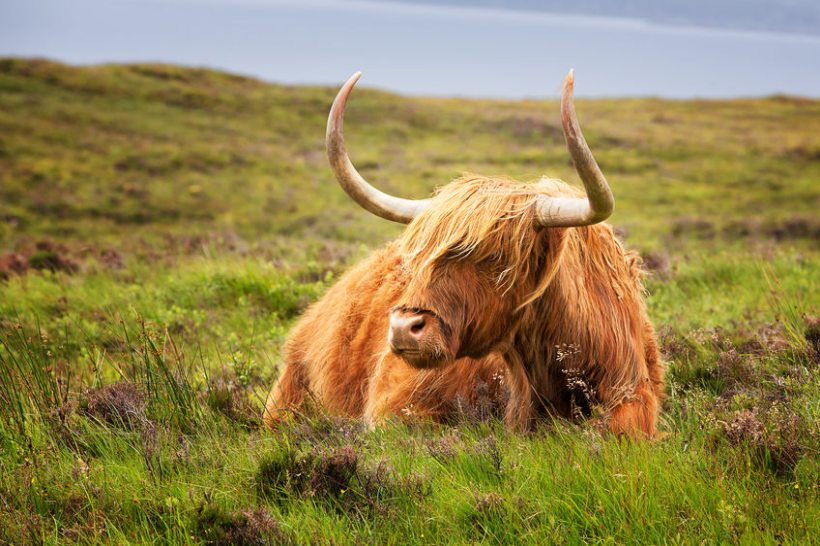
An organic beef and sheep farm is getting more performance from grass since it embarked on a programme designed to help farmers become better grassland managers.
Phil Cowcher, who farms Penrhiw Farm, near Llandysul, Ceredigion, joined the Farming Connect's Prosper from Pasture programme in 2017.
After completing the previous levels, he is now a member of the Advanced Plus Beef and Sheep group.
The programme is facilitated on behalf of Farming Connect by Precision Grazing and topics covered at the Advanced Plus level include financial benchmarking.
“Working out financial details such as profit per hour worked or profit per hectare (ha) has given me a better understanding of what makes a profitable sheep and beef farm," Mr Cowcher said.
“This allows us to compare our performance to similar businesses, with the aim of identifying areas to improve."
The ‘building block’ approach of the programme at different levels, starting with the basics of understanding soil and grass biology, has helped him develop his grazing system.
The Cowcher family have been farming organically since 2001, farming 200ha of owned, rented and share-farmed land.
The farm’s 80-cow Stabiliser herd, flock of 750 Highlander and Easycare ewes and 150 ewe lambs had been run on a loose rotational grazing system; stock were moved within a few days, depending on the size of fields.
Semi-permanent and temporary electric fencing is now used to create smaller paddocks, with stock moved within two days.
This increases the stocking rate and reduces the concentrate requirements of the business.
The paddock sizes vary, depending on class of stock and mob sizes. Groups of 150 ewes with twin lambs graze 1ha paddocks on two-day shifts up until weaning.
Cows and calves usually graze paddocks that have been grazed by ewes and lambs 24-30 days previously, to reduce worm burdens and improve utilisation.
Rotational grazing allows the grazing platform to be stocked at 15 ewes with twins/ha, up until weaning.
Mr Cowcher admits rotational grazing requires more management and a bit more labour to set up fences but says this is easily offset by gains in the amount of grass grown and the increase in stocking rate.
“Since switching to a more intensive rotational grazing system, we have seen pasture composition and quality improving, without the need to reseed," he added.
A new application window for Prosper from Pasture runs from October 26 to November 26.
